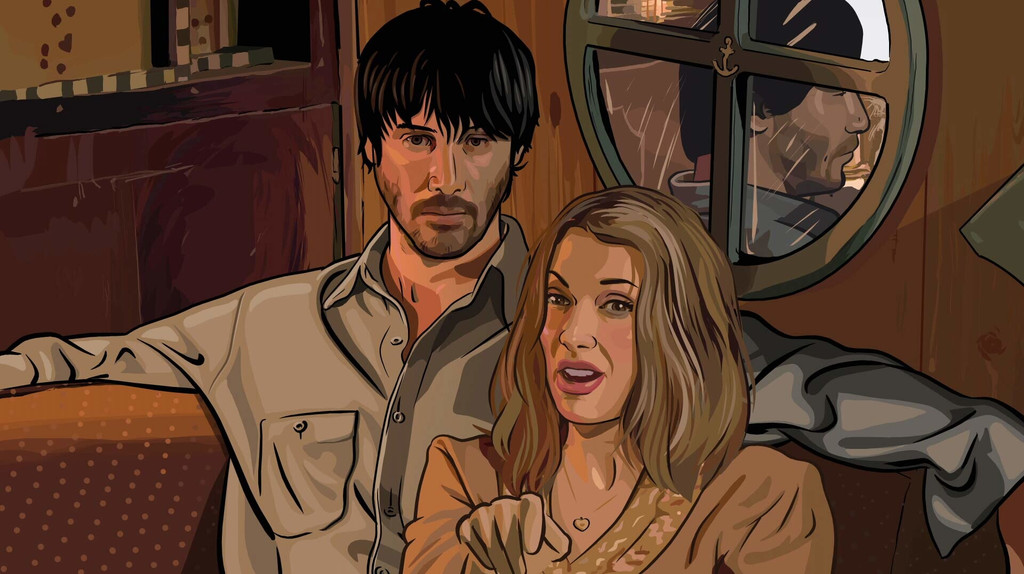While I was animating I realised that for certain scenes, I would have to record shots of me performing the movements of the character for the animation so I could easily understand what the character was doing. I found out this is a common practice within animation so I decided to look into different examples of video footage reference for media.
All artists need reference in animation. Everything you draw or act through poses pulled out of your head are based off of your observations from life. However, there is a difference between referencing and copying directly from reference. The point of reference is to refer to something, you pull bits from the references you’re using to make something new . Reference should be to inspire your ideas and animation. You should alter a few things when working from reference:
- adapt it to your character
- enhance/exaggerate pivotal moments
- dont use what you dont like from the reference
- cut out the things you dont need.
You should never let your pride get the best of you and refuse to use reference. Even the best artists and animators use it, or study from reference in their own time so that they have expanded their mental library so they know what do do. With your reference you should not be rotoscoping you should just be using the reference video/image to study from or understand how the movement works.
What is rotoscoping?
Rotoscoping is an animation technique where animators trace over live action footage frame by frame. A modern example of rotoscoping is in the 2006 movie, ‘A Scanner Darkly’. Even though I don’t really like rotoscoped media as I feel like it can be somewhat pointless as you could just make a live action film, A Scanner Darkly uses rotoscoping to its advantage. Rotoscoping in the movie is used stylistically as well as a way of story telling as the characters can shift in and out of different people.

Another good example of rotoscoping is in loving vincent. Loving Vincent is a movie about Vincent Van gogh, and is rotoscoped through many oil paintings in the style of vincent van gogh. I feel like it is a good example of rotoscoping as it is used for a stylistic reasons, and makes sense as it represents the Van Gogh’s story through Vincent’s eyes.




